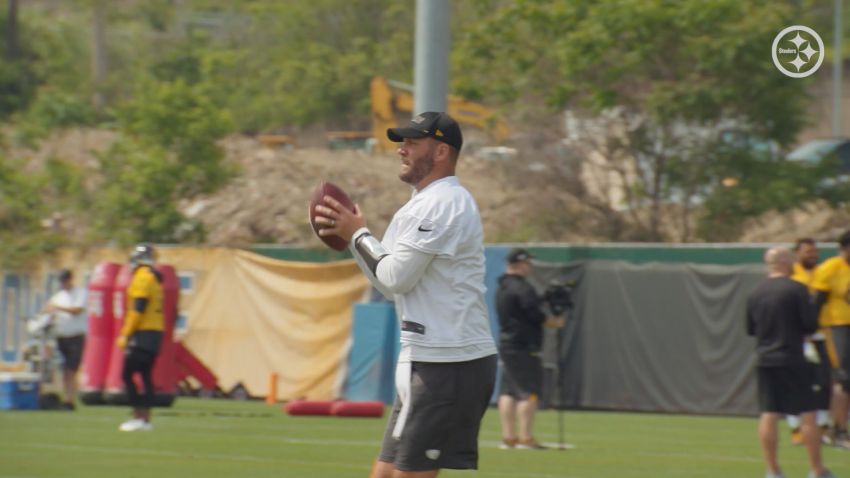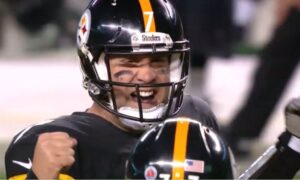There’s no beating around the bush on the matter: the Pittsburgh Steelers firmly hitched their wagon to Ben Roethlisberger at quarterback for the 2021 season. While anything can happen next year, it’s very nearly Ben or Bust as far as this upcoming season is concerned, and something drastic would have to happen to change that.
That’s why it’s no surprise that Tyler Sullivan of CBS Sports outlined the necessity of limiting Roethlisberger’s Summer reps as the team’s priority moving forward this year, in an article put together seeking to highlight the top item on every team’s agenda. He writes, of his reasoning:
Ben RoethlisbergerThis could very well be it for Ben Roethlisberger as he enters what could be his final season in the NFL. The 39-year-old has noticeably worn down in recent years, which is why it may be smart to limit how much work he gets throughout the summer. The Steelers need to find the balance of getting Roethlisberger the proper amount of reps that he’s ready to go once the season begins, but not so many that it contributes to him falling over later in the season. By doing that, this could also be a beneficial time to see if Dwayne Haskins can flash his first-round potential and possibly be an option for the post-Roethlisberger era as early as 2022.
Of course, Steelers fans know that this is no different than business as usual. Roethlisberger has long monitored his offseason workload, and the Steelers have obliged him. He has operated with most Wednesdays off during practice, and often with half a day during another practice day during the week. He scarcely plays in the preseason, if at all.
In other words, I don’t think it will be much of a concern to get Roethlisberger to limit his reps, even with this surgically-repaired bionic arm. He did throw more last year than he normally would, as part of his rehabilitation process, but I don’t expect he’s throwing many extra balls this time around.
Last season, he completed 399 of 608 pass attempts over 15 games (resting in the finale) for 3803 yards. He threw 33 touchdown passes, the second-most in franchise history, against 10 interceptions, posting very nearly the lowest interception percentage in his career.
But it came largely through an inefficient offense, exacerbated by the fact that he struggled to connect on deep passes and threw few passes in the intermediate range. That left the short passes, including many thrown behind the line of scrimmage, to do most of the heavy lifting. Just 18.6 percent of his passing yards came from deep throws.








